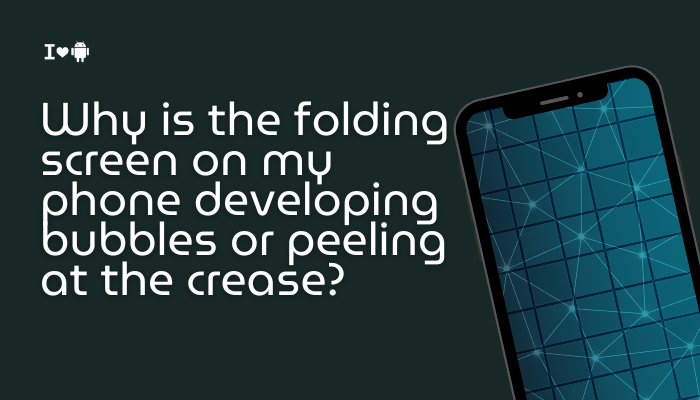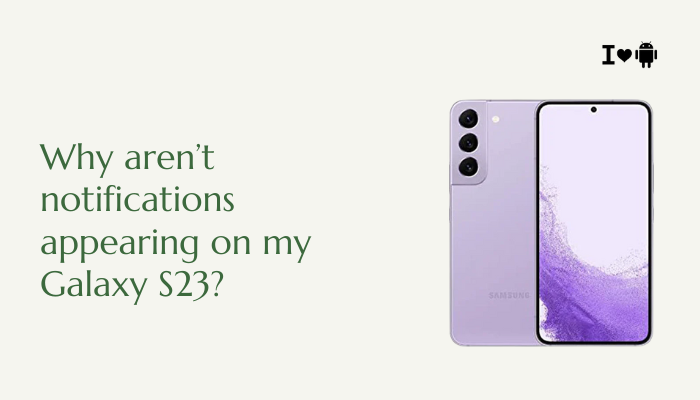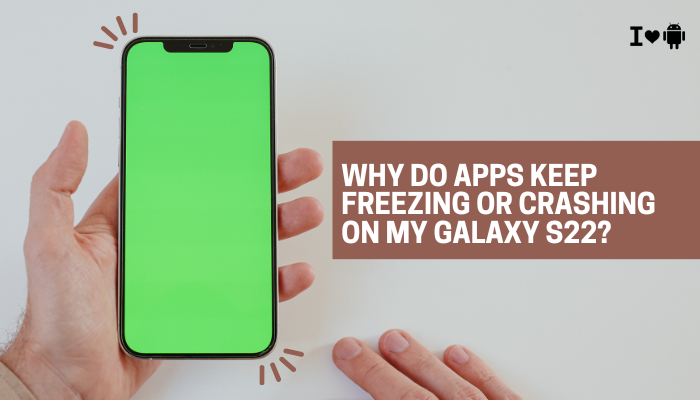Introduction
Foldable smartphones represent a striking leap in mobile technology, offering users expansive displays in pocket-friendly packages. Yet the very feature that defines them—the ability to bend—also introduces unique challenges. Over time, many foldable screens exhibit bubbles or peeling along the crease, undermining both aesthetics and functionality. In this 1,500-word deep dive, we’ll explore:
- The multi-layer structure of a foldable display
- Protective film design and its vulnerabilities
- Mechanical stresses at the hinge and crease
- Environmental and usage factors that exacerbate defects
- Manufacturing tolerances and quality-control limits
- How bubbles form and peeling occurs
- Preventive measures and maintenance best practices
- Repair and replacement options
By understanding the root causes of bubbles and peeling, you’ll be better equipped to care for your foldable device and extend its lifespan.

The Multi-Layer Architecture of Foldable Displays
Layer Composition
Foldable OLED screens differ fundamentally from traditional rigid panels. Key layers include:
- Protective Polymer Layer: A thin, flexible film that shields against scratches and minor impacts.
- Touch Sensor Layer: Printed transparent electrodes that register touch inputs.
- OLED Emissive Layer: Organic materials that produce light for each pixel.
- Substrate and Adhesive Layers: Plastic backings and adhesives that bond these components and allow for bending.
Each layer must flex in harmony around the hinge, making the interface between them a potential point of weakness.
Role of the Protective Film
- Factory-Applied Film: Samsung and other OEMs apply an ultra-thin film in a cleanroom to protect the underlying polymer.
- Edge-Sealed Design: The film’s edges are sealed against the chassis to keep out dust and moisture.
- Flex Tolerance: Pre-cut gaps or micro-channels at the hinge accommodate bending without lifting—yet these are often the first areas to show wear.
Mechanical Stress at the Crease
Tensile and Compressive Forces
- Outer vs. Inner Surfaces: As you fold, the outer layers of the display are stretched (tensile), while the inner layers are compressed.
- Stress Concentration: The hinge enforces a fixed bend radius. That concentrated curvature repeatedly strains the layer interfaces, causing microscopic cracks that can coalesce into visible bubbles or delamination.
Fatigue Over Cycles
- Fold Count Limits: Manufacturers test for hundreds of thousands of folds, but real-world conditions (temperature swings, debris) can accelerate fatigue.
- Micro-Delamination: Tiny separations between layers at the crease can grow over time, pushing protective film upward and creating air pockets.
Environmental and Usage Factors
Dust, Debris, and Abrasives
- Particle Ingress: Despite micro-brushes and seals, very fine dust or lint can enter the hinge gap.
- Abrasive Action: Each fold can drag particles across the film’s underside, scratching it and weakening the adhesive bond.
Temperature and Humidity
- Thermal Expansion: Plastic and adhesive layers expand and contract with temperature changes, stressing the bond between film and polymer.
- High Humidity: Moisture can seep into micro-gaps, degrading adhesives and fostering bubble formation.
Chemical Exposure
- Oils and Lotions: Natural skin oils, sunscreen, or cleaning sprays can soften the film’s adhesive over time.
- Cleaning Agents: Alcohol or ammonia-based cleaners may weaken polymers or adhesives if applied around the hinge.
Manufacturing Tolerances and Quality Control
Precision Assembly Limits
- Cleanroom Constraints: Even the most controlled environments can’t eliminate every speck of dust.
- Alignment Tolerances: Films applied with a margin of ±0.05 mm must leave tiny gaps; these are necessary for flex but also invite defect formation.
Component Variation
- Batch Differences: Different production runs of film or adhesive may have slight material property variations, affecting durability.
- Factory vs. Aftermarket: Only genuine, factory-applied films meet design specifications; third-party replacements often fail sooner.
How Bubbles Form and Peeling Occurs
Air Pocket Initiation
- Micro-Scratch Formation: A particle lodges between film and polymer, creating a tiny scratch.
- Adhesive Breakdown: Repeated bending loosens the bond at that scratch site.
- Air Ingress: Air seeps in through microscopic gaps, expanding under temperature variations to form visible bubbles.
Peeling Mechanics
- Once an air pocket forms, the surrounding adhesive sees uneven shear stress.
- Bending cycles propagate the delamination outward, causing larger peeling areas radiating from the crease.
Preventive Measures and Maintenance
Keep the Hinge and Crease Clean
- Weekly Brush-And-Air Routine: Use a soft brush and canned air to clear dust from the hinge channel—never compressed air at high pressure that could drive particles further in.
- Microfiber Wipes: Gently clean the display surfaces around the hinge; avoid harsh solvents.
Temperature and Usage Habits
- Moderate Environments: Avoid exposing the phone to extreme heat (>40 °C/104 °F) or cold (<0 °C/32 °F).
- Controlled Folding Speed: Open and close slowly, using both hands to reduce hinge shock.
Protective Films and Pouches
- Factory Film Retention: Unless damaged, leave the original protector in place—it’s tailored for your device’s hinge radius.
- Authorized Replacements: If replacement is needed, use genuine OEM films installed by trained technicians under cleanroom-like conditions.
Repair and Replacement Options
Warranty and Service Policies
- Manufacturer Warranty: Typically covers defects in materials and workmanship but excludes damage from normal wear, misuse, or unauthorized tampering.
- Samsung Care+ Plans: Offer limited coverage for screen replacements, including hinge-area films, for a service fee.
Professional Film Replacement
- Authorized Service Centers: Have access to genuine films and clean environments to reapply without introducing dust.
- Cost Considerations: Screen or film replacement costs vary by model and region; check your Care+ coverage or service plan.
Temporary DIY Fixes (Not Recommended)
- Clear Adhesive Tapes: Short-term stabilization of small bubbles; tape must be thin and flexible but rarely restores full clarity or durability.
Caution: Home remedies can introduce more debris or damage underlying layers.
Looking Ahead: Future Materials and Designs
Ultra-Thin Glass (UTG) over Polymer
- Emerging foldable displays incorporate ultra-thin glass rather than plastic film, offering higher scratch resistance and stronger adhesive bonds.
- Improved flex durability reduces bubble formation risk, though cost and hinge complexity rise.
Self-Healing Polymers and Adhesives
- Research into self-healing materials could allow minor scratches to “heal” under mild heat, closing micro-cracks before bubbles form.
- Novel adhesives with better elasticity may maintain bonds under more extreme bending cycles.
Hinge Redesigns and Sealed Systems
- Future hinges may feature fully sealed units with integrated particle traps and better environmental barriers.
- Magnetic dampers or fluid-based hinges could reduce mechanical shock and minimize stress on the film.
Conclusion
Bubbles and peeling at the crease of a foldable phone screen are common outcomes of the complex interplay between protective film layers, hinge mechanics, environmental exposure, and manufacturing tolerances.
While a lightly bubbling or peeling film does not necessarily indicate catastrophic display failure, it does warrant attention to prevent further deterioration. By adhering to regular cleaning, moderate environmental use, and authorized maintenance, you can prolong the life of your foldable display.
For significant issues, rely on your warranty or Samsung Care+ coverage and seek professional film or screen replacement. As foldable technology evolves—embracing ultra-thin glass, self-healing materials, and sealed hinges—the next generation of devices will be even more resilient against bubbles and peeling.
Until then, informed care and prompt service remain your best strategies for keeping that innovative foldable screen looking and performing its best.




